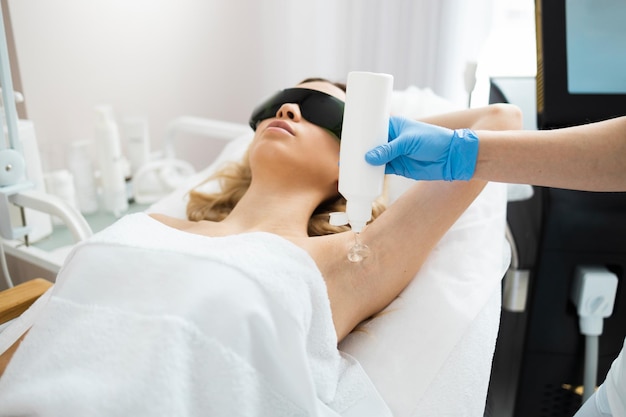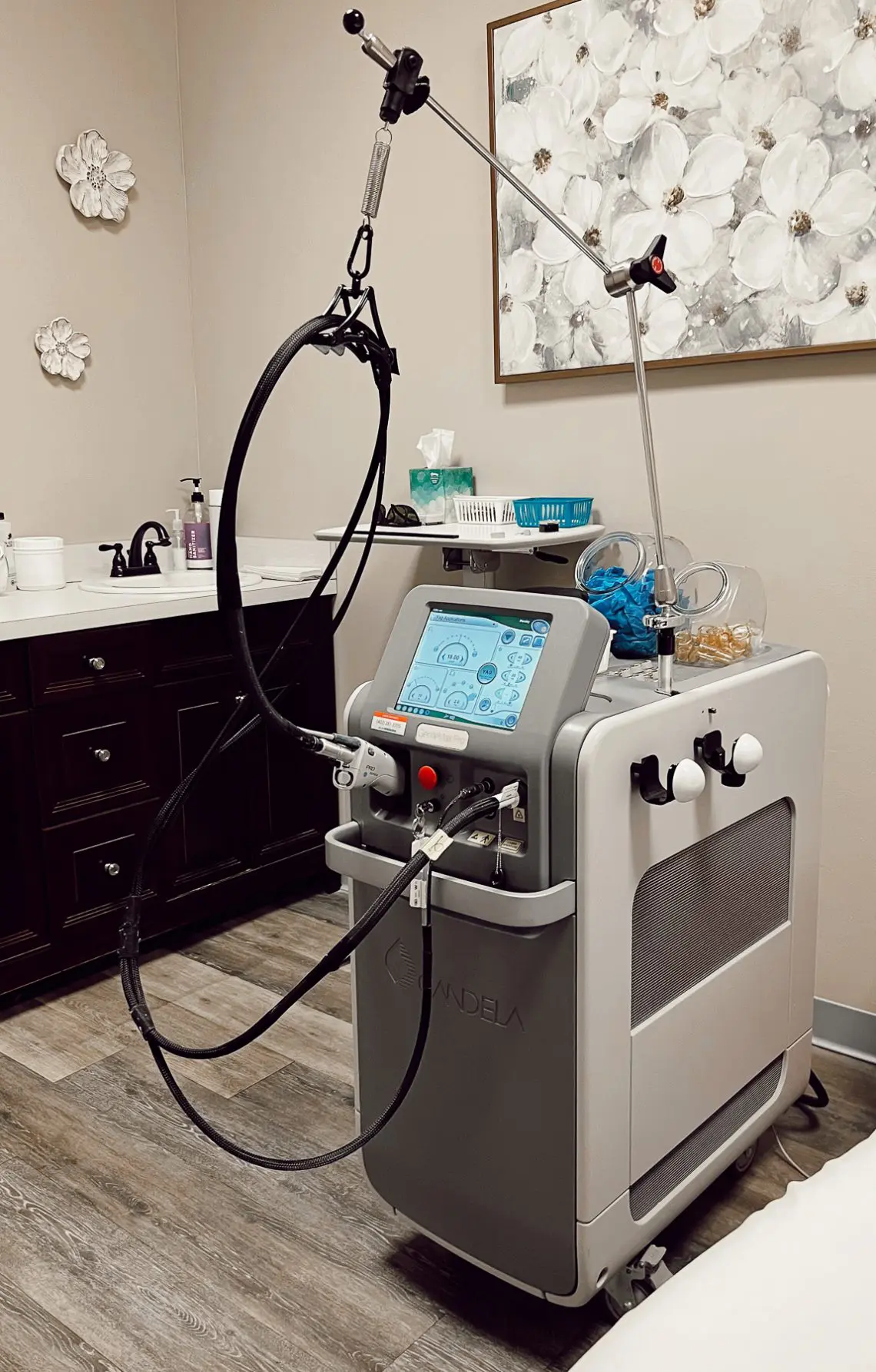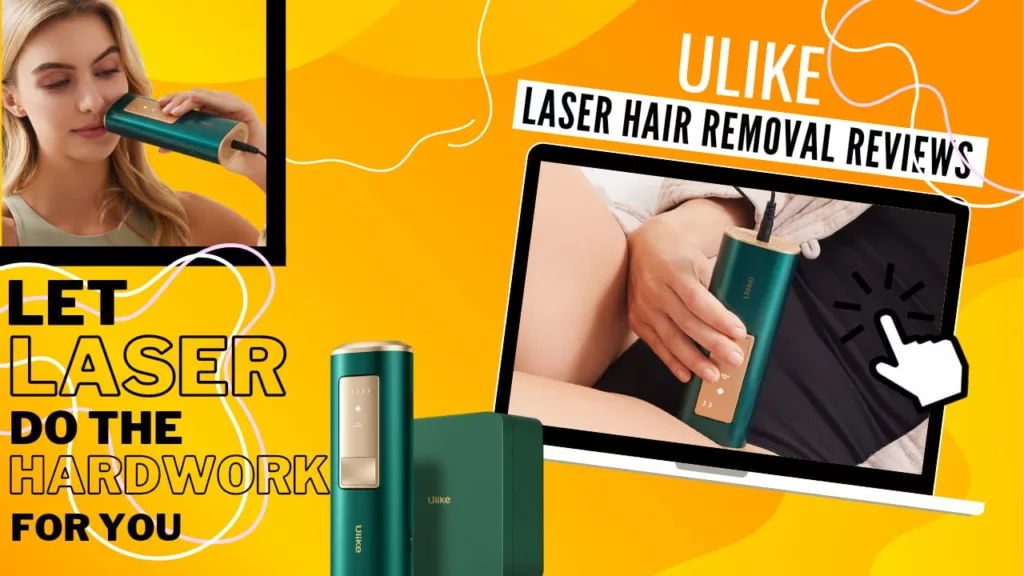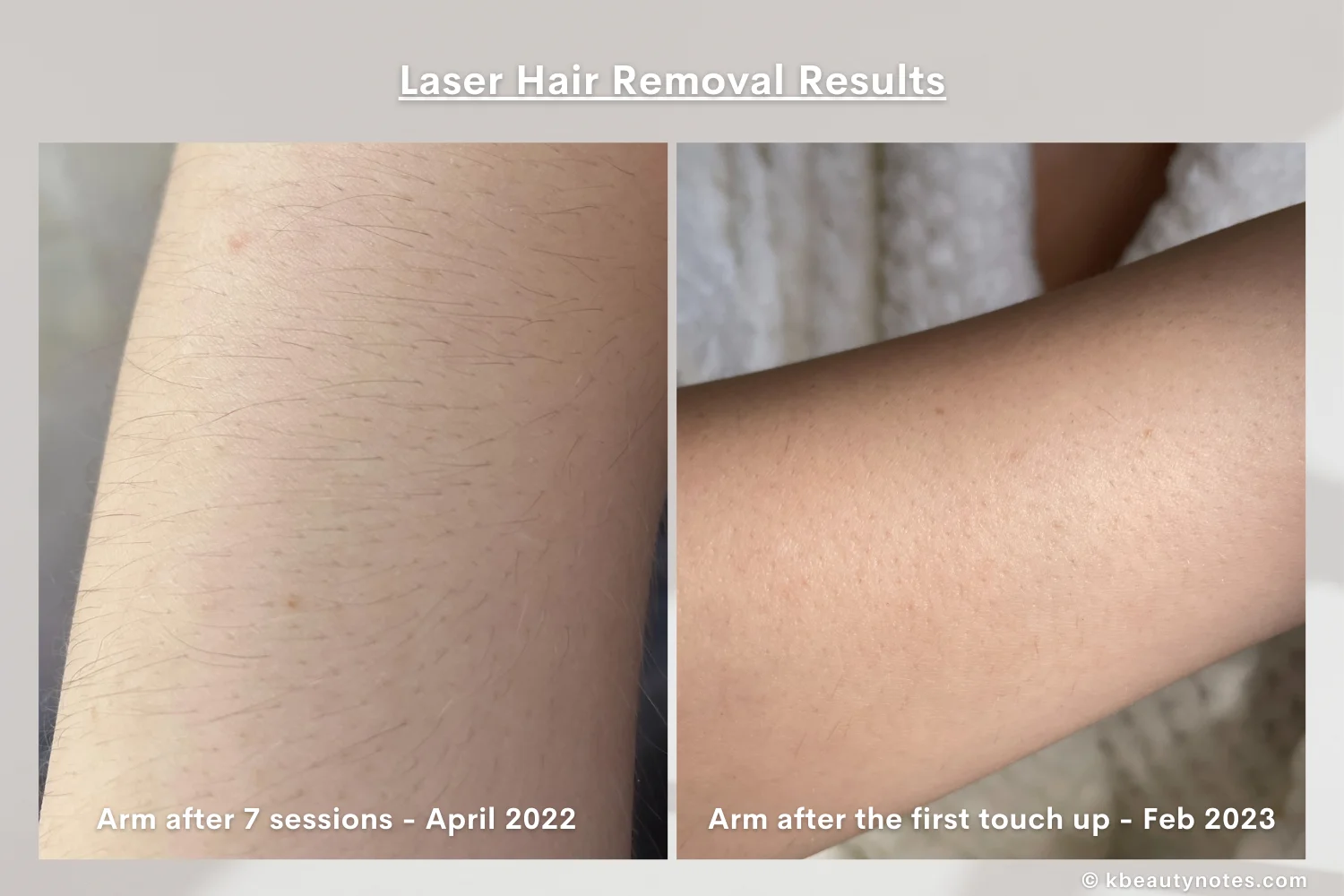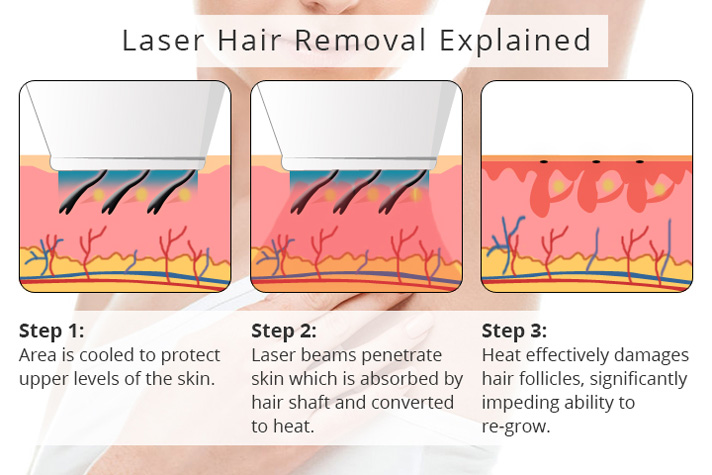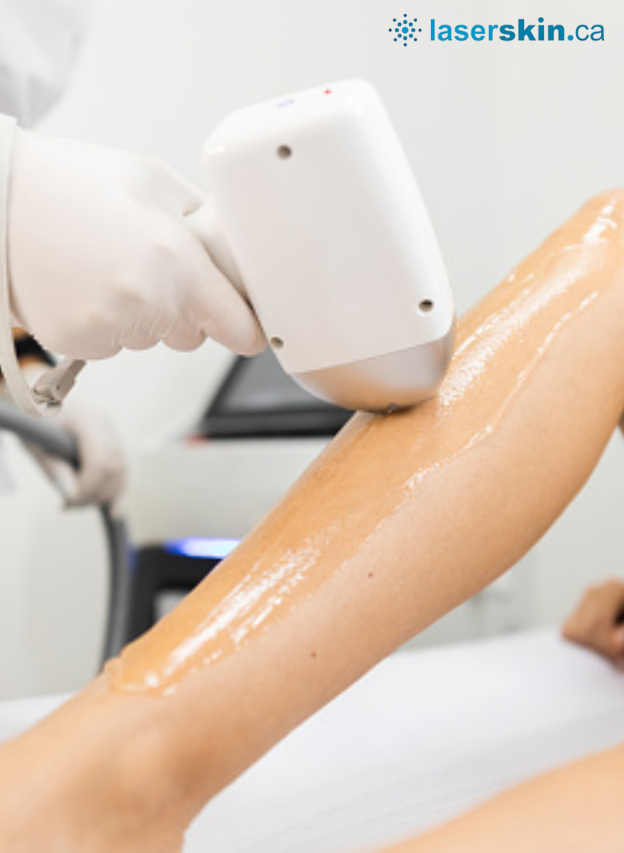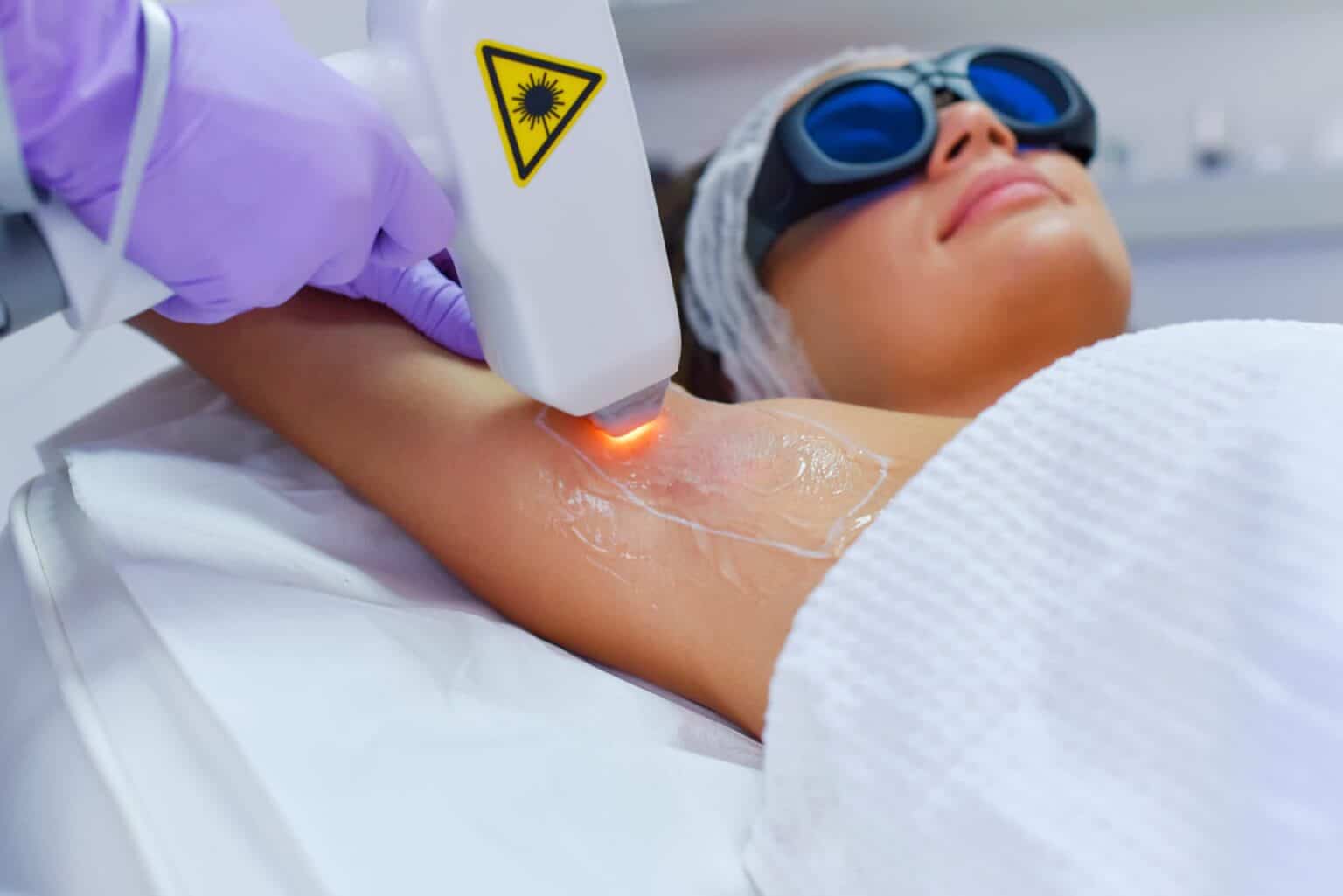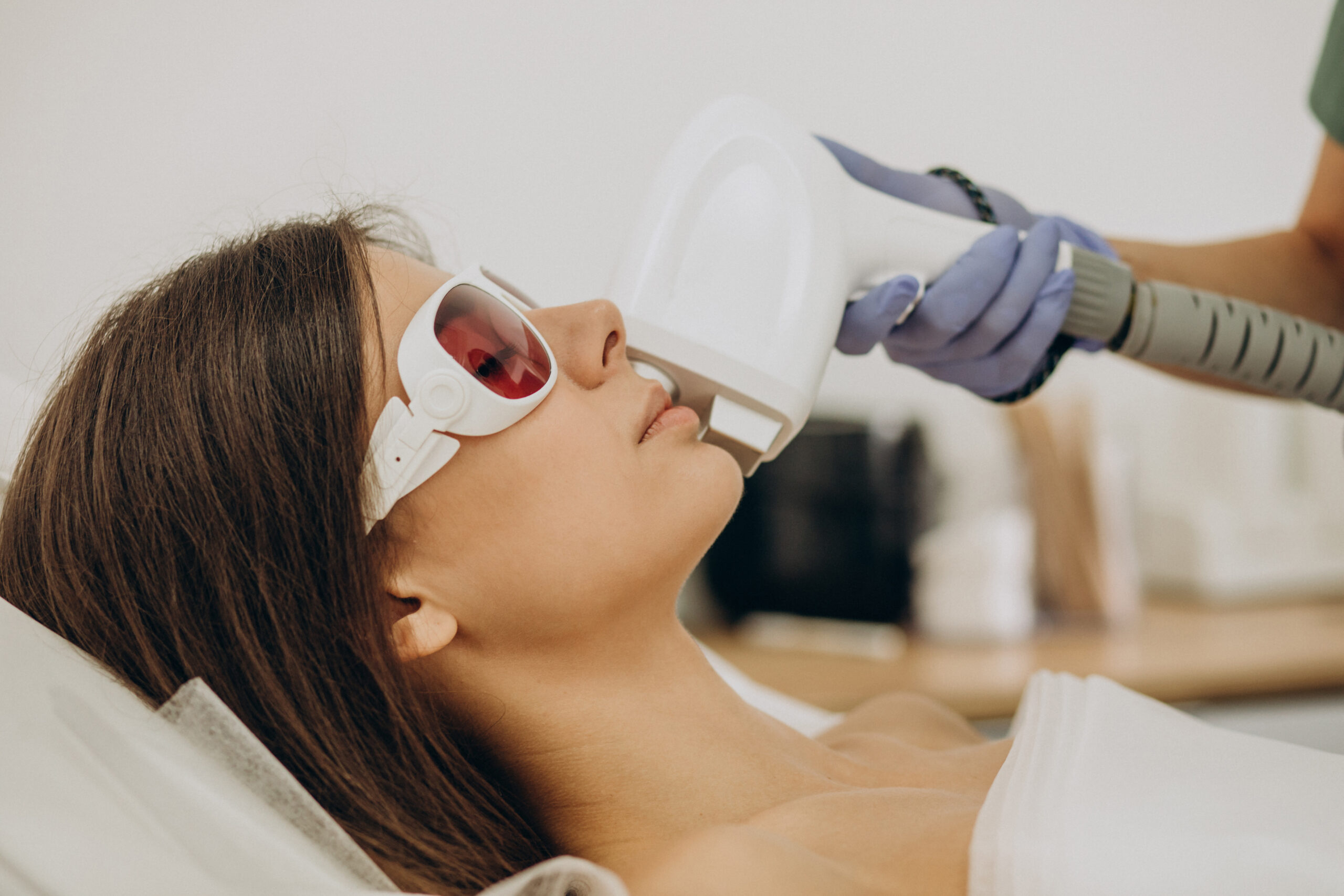Laser Hair Removal In A Tube Reviews
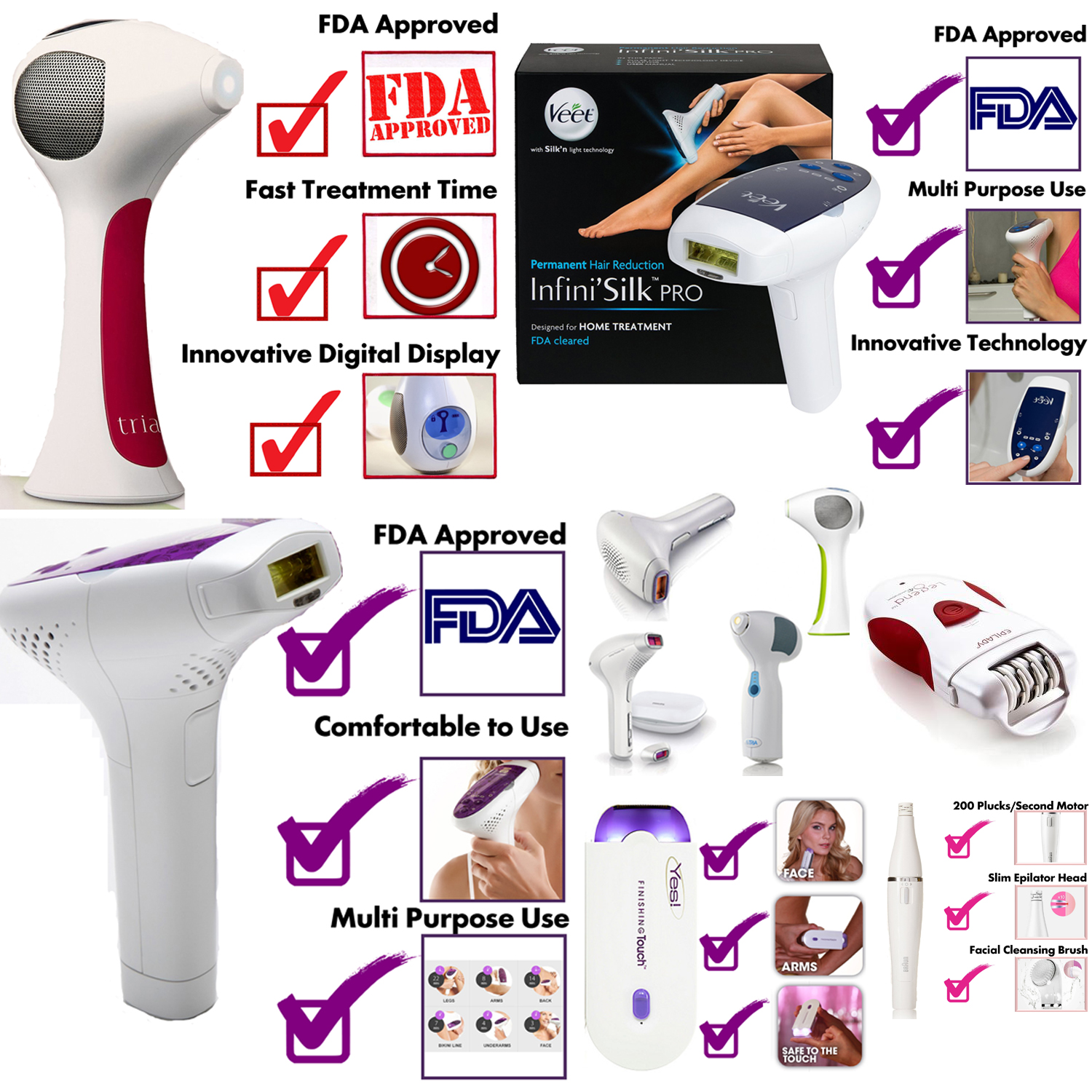
The promise of smooth, hair-free skin without the expensive and time-consuming trips to a dermatologist's office is a tempting one. This has fueled the rise of "laser hair removal in a tube" creams, promising similar results at a fraction of the cost and effort. But do these products live up to the hype, or are they just clever marketing preying on consumer desire?
This article delves into the claims, ingredients, and user reviews surrounding these topical hair removal creams, examining their effectiveness and potential risks. We'll explore what experts and regulatory bodies have to say, providing a balanced perspective on this increasingly popular beauty trend.
The market for over-the-counter (OTC) hair removal products is booming. NielsenIQ, a global information services company, reported a significant increase in sales within the personal care sector, driven partly by consumer interest in at-home alternatives to professional treatments.
What Exactly are These Creams?
Often marketed as "laser hair removal in a tube," these creams typically contain a blend of chemical exfoliants, hair growth inhibitors, and sometimes, purported laser-mimicking ingredients. These ingredients are often a formulation of thioglycolic acid salts to break down keratin in hair strands, and ingredients that claim to slow down or stop hair growth.
Key ingredients often include inhibitors like Palmatine, chelidonine, or other proprietary blends that claim to weaken the hair follicle over time with consistent use. The aim is to weaken the hair follicle, leading to finer, sparser hair growth, ultimately mimicking the effects of laser hair removal.
User Reviews: A Mixed Bag
Online reviews for these creams are overwhelmingly mixed. While some users report seeing a noticeable reduction in hair growth and thickness, many others report little to no effect.
Common complaints include skin irritation, redness, and allergic reactions. Some users also express frustration with the slow pace of results, requiring months of consistent use to see even minimal changes.
The Science Behind the Claims
Dermatologists generally remain skeptical of the long-term efficacy of these creams. According to a statement from the American Academy of Dermatology, true laser hair removal involves targeting the hair follicle with concentrated light energy, a process that cannot be replicated by topical creams.
Dr. Emily Carter, a board-certified dermatologist, explains, "While some ingredients may temporarily slow down hair growth or weaken existing hairs, they cannot permanently destroy the hair follicle like laser treatments do." Topical creams simply do not have the same depth of penetration into the skin.
Potential Risks and Side Effects
The chemical exfoliants present in these creams can cause skin irritation, particularly for individuals with sensitive skin. Allergic reactions to ingredients are also a concern.
It's crucial to perform a patch test on a small area of skin before applying the cream to larger areas. Discontinue use immediately if any adverse reactions occur.
"Consumers should be wary of misleading marketing claims," advises the Food and Drug Administration (FDA) in a public statement regarding cosmetic products. "No topical cream can truly replicate the effects of laser hair removal."
The Bottom Line
While "laser hair removal in a tube" creams may offer some temporary benefits in terms of slowing hair growth or weakening existing hairs, they cannot be considered a true substitute for professional laser hair removal treatments. The results are often subtle and may not be worth the potential risks of skin irritation or allergic reactions.
Consumers seeking permanent hair reduction should consult with a qualified dermatologist to explore options like laser hair removal or electrolysis. A professional evaluation can determine the best course of treatment based on individual skin type and hair color.
Ultimately, managing expectations is key. Understand the limitations of these creams, and prioritize safety and informed decision-making when exploring hair removal options.
